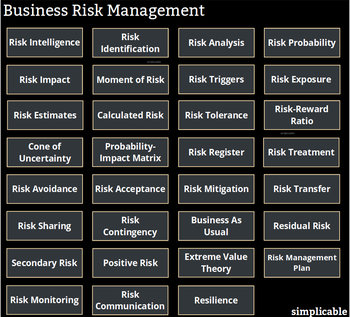
Strategic Planning
Planning IT strategy.
Budgets
Allocation and monitoring of budget.
Resources
Allocation and monitoring of resources such as facilities, employees and infrastructure.
Capacity
Planning to meet future capacity needs and to use capacity efficiently.
Competency Management
Assessing organizational maturity, skills and capabilities.
Performance
Measuring the performance of teams, systems, services, programs and projects.
Vendor Management
Monitoring partner performance and managing issues.
Project Governance
Oversight of project planning and execution.
Change Management
Communicating change and driving it forward through resistance and issues.
Cost Control
Monitoring costs and the value of such costs.
Modernization
Management of legacy technology risks and the process of continually modernizing IT.
IT Standards
Developing and enforcing IT standards.
Architecture
Oversight of the structural design of IT.
Service Management
Managing the quality of IT services including incident and problem management.
Data Governance
Monitoring and managing data quality.
IT Risk Management
Identifying, assessing, managing and monitoring IT risk.
Business Continuity Planning
Planning to support the business in the even of disasters and other major disruptions.
Information Security
Managing vulnerabilities, threats and security incidents.
Compliance
Ensure compliance to laws, regulations and standards.
IT Audits
Evaluating compliance to policy, directives, regulations, standards and best practices.
| Overview: IT Governance | ||
Type | ||
Definition | The discipline of controlling and directing the information technology of an organization to manage risks and align with stakeholder interests. | |
Related Concepts | ||
































